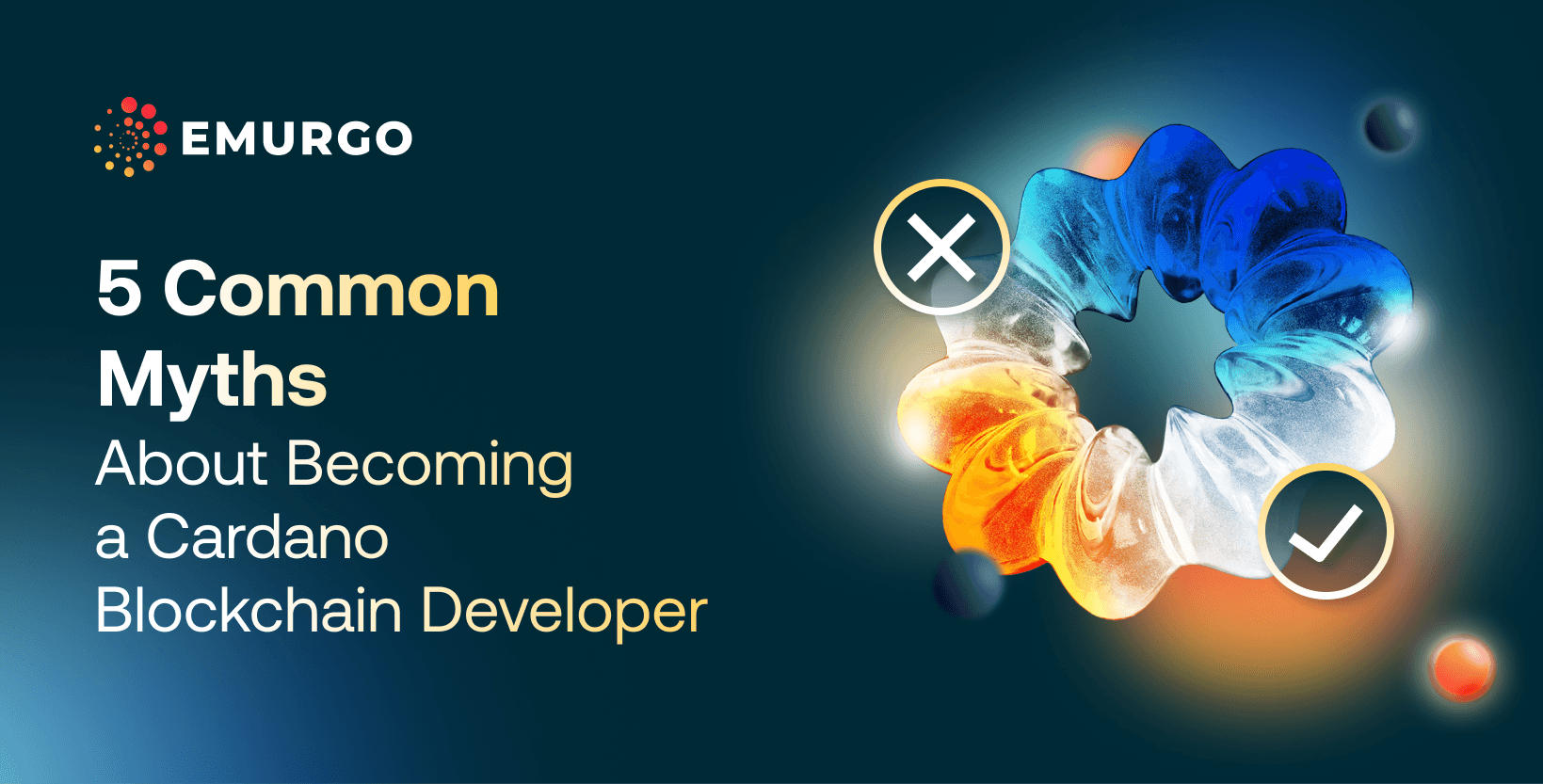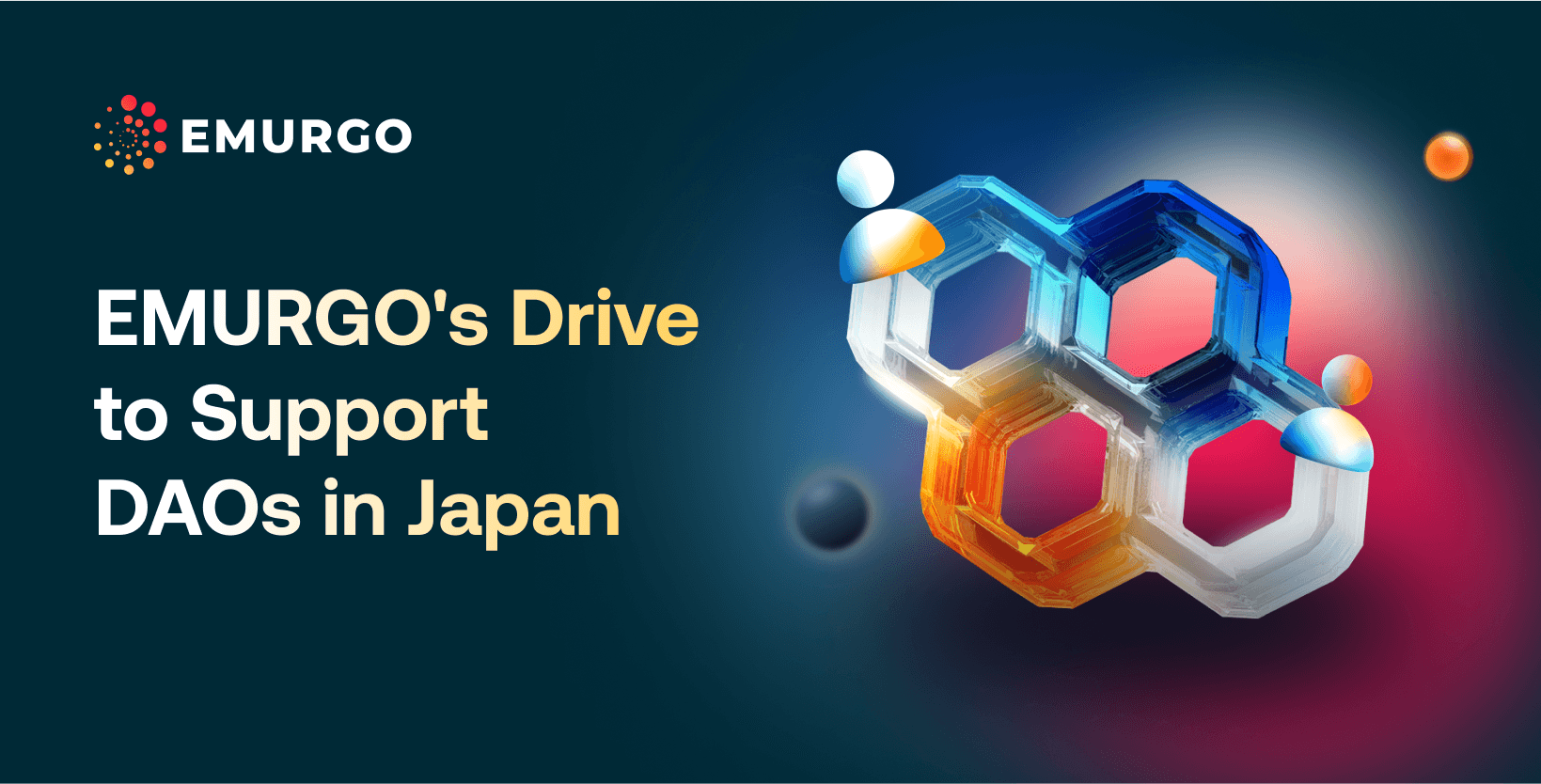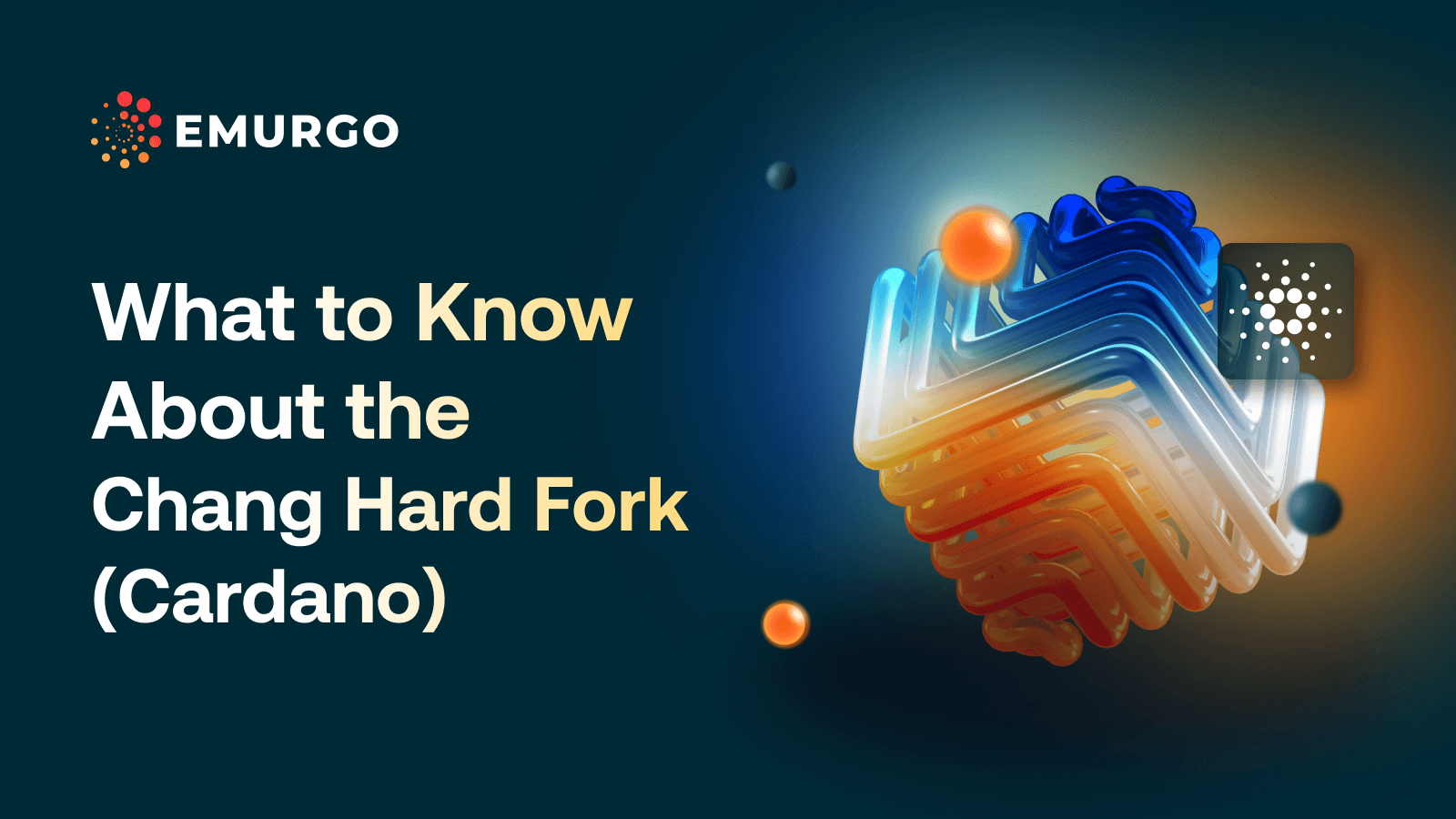Interest in blockchain developer jobs and Cardano has increased as crypto has become more popular which has also led to myths about becoming a Cardano developer. With the Cardano network experiencing a constant launch of new decentralized products and features such as DeFi and NFT dApps, Cardano’s user base has grown exponentially and attracted the attention of many developer communities from diverse technological backgrounds both in Web2 and Web3. Many are looking to Cardano as a possible place to expand their careers or even start new ones in blockchain.
Of course, with this increase in interest, there have also been some false myths. The Cardano blockchain is unique among many of its competitors, both in design and choice of computer language.
In this blog, we’ll tackle some of these myths with facts to help you jump into building on Cardano.
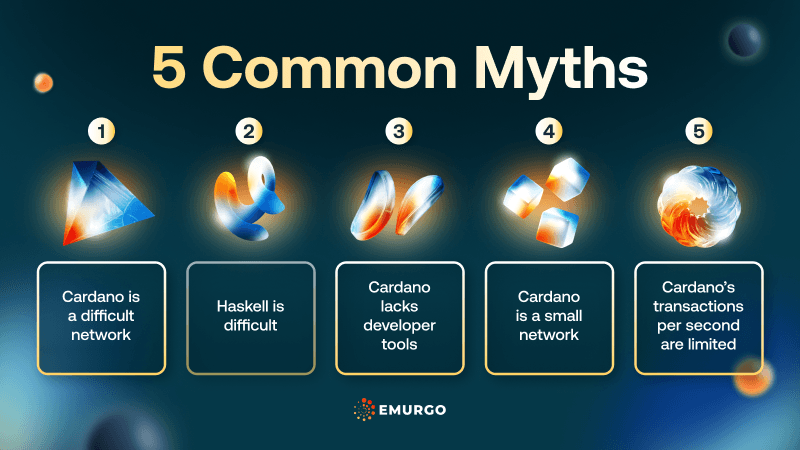
Myth 1#: Cardano is a difficult network
There is a lot of messaging about Cardano being a research-driven network. This is true as the core technologies deployed on Cardano all come from an academic process and undergo scientific peer review.
This approach has had the effect of casting Cardano as a blockchain for academics. One where the network is not meant for general use and commercial product development but instead a space for academic research.
Reality
The Cardano network first launched in 2017 in a federated system called the Byron era. The project introduced many innovations such as a new type of Proof of Stake consensus mechanism, extending the UTxO model of Bitcoin, and native tokens.
This meant that Cardano had a slower first start than most of the newer networks. Much more technology had to be developed and deployed from scratch and that created a longer initial launch than expected.
The result is that Cardano gained a reputation as a slow-to-turn difficult network. Of course, that is not how things are in the blockchain today. The start period was a challenging one due to the many new technologies needed to launch Cardano. Once the foundation was set, the network became very nimble.
It’s able to deploy upgrades through hard-fork combinator events and four of these have happened so far. All of them delivered major technological overhauls to the network. The eUTxO model of Cardano has also proven its worth by making more secure smart contracts and a natter base layer for zero-knowledge applications.
Today Cardano is one of the most dynamic blockchains in the industry. It’s able to upgrade itself and adapt quickly to user and developer demands. The very difficult foundational period is over and all that hard work has paid off.
Myth #2: Haskell is difficult
Much has been made about the core programming language of the Cardano network, Haskell. First, it’s a functional programming language that deviates from the object-oriented architecture of most mainstream computer science. Even among functional programming, Haskell is seen as one of the most adherent to the ideas of declarative programming.
The result is many developers from an imperative programming background feel that the leap toward Haskell is too difficult and that the time invested in learning is not matched by the reward.
Reality
One of the most controversial decisions by Cardano was to use Haskell as the base language for the network and the basis for smart contracts. Haskell belongs to the functional programming family and that is not in line with mainstream programming.
Haskell itself can be a very rewarding language to learn and there are a lot of advantages to studying it. But beyond Haskell, Cardano was designed with a modular approach in mind, just because the network was written in Haskell, it does not mean Haskell is mandatory for smart contracts developers.
The smart contract language Untyped Plutus Core (UPLC) is what PlutusTx compiles to and then is executed by the Cardano network. Yet, there are many ways to arrive at UPLC, thanks to the design of Cardano, many projects have created alternatives that also compile to UPLC which do not need to use Haskell syntax. As we’ve discussed in a previous article.
Read more: Here are some other programming languages to build dApps on Cardano
Myth #3: Cardano lacks developer tools
As an extension of the first myth, many developers outside the ecosystem find Cardano lacking in developer tools. Many assume Cardano requires much more time to write smart contracts because everything must be built from scratch.
Reality
Another myth is that Cardano lacks user-friendly tooling. As with many misconceptions, they have some truth in them. In the early days of the Shelley era (introduction of native assets) and Alonzo (introduction of smart contracts), Cardano lacked a lot of what makes development easier in other blockchains.
Cardano blockchain development back then was very abstract and required a lot of time to complete. Of course, once the ecosystem got going, many third parties started identifying where they could improve development time, ease of use, and convenience and began to work.
Today, Cardano has one of the most expansive tooling kits in the blockchain industry. There are alternatives to PlutusTx, data providers, oracles, no-code minting solutions, etc. Today any tool a developer needs, and some friendly to non-developers, can be found already deployed or in the works for Cardano.
Most of these tools have been created by Cardano community members. They were designed to use the eUTxO model and also the overall architecture of Cardano. Collectively, they create a robust ecosystem for developers of all experience levels to jump in and start creating.
Myth #4: Cardano is a small network
This myth talks about the size of the Cardano network. As a blockchain with a unique design architecture, many assume that there isn’t a vibrant development, user, and product ecosystem in Cardano.
There is very little upside to trying to build a career in it since finding traction is difficult.
Reality
Next, many believe Cardano has not seen any major traction since its launch. All the important metrics contradict this notion, for example, Total Value Locked has been expanding steadily:
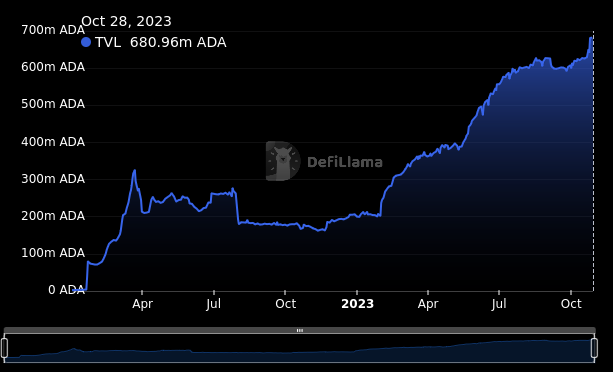
Cardano TVL until October 28, 2023
The TVL measures the ADA not in centralized exchanges because it’s traded in their close environments. And, the ADA is not currently delegated to stake pools, because it cannot be used for DeFi protocols. The rise
The network fees are also growing with the widespread use of smart contracts:
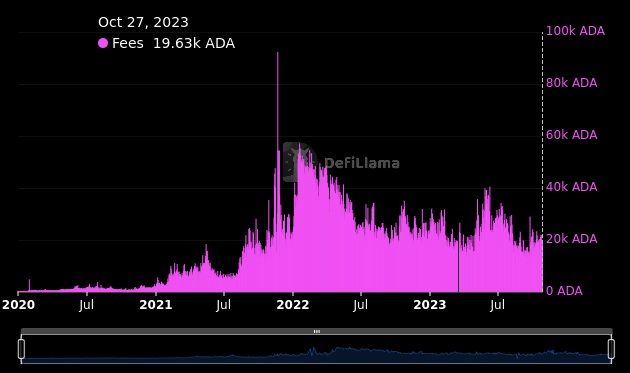
ADA fees paid to the network
Finally, stablecoin total market capitalization, another important metric for liquidity and DeFi growth is also expanding:
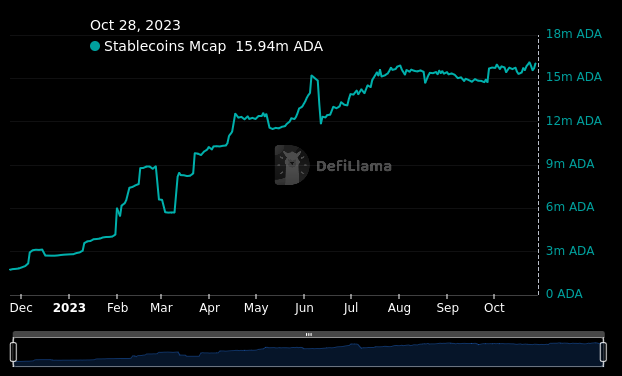
Stablecoin total market capitalization in the Cardano network
All the signs point to an ecosystem in rapid expansion. The Cardano blockchain is now one that is nimble, modular, and filled with tools for all types of developers and non-developers. It has transformed into one of the leading ecosystems in the industry and one that is not showing any signs of stopping.
Anyone looking for a career change should consider Cardano seriously. This could be a unique chance to participate in the construction of a new economic model that is global, inclusive, and open for all those willing to jump on board.
Myth #5: Cardano’s transactions per second are limited
Another myth that refuses to go away is that Cardano cannot scale. There is a metric going around that at most Cardano can process a certain limited number of transactions per second and this number means the blockchain has no future of scalability.
Reality
Transactions per second (TPS) is a metric that originates from the first generation of blockchains. In those networks, only one asset is transacted, the native cryptocurrency of that ledger, e.g. BTC, LTC, BCH, etc.
In blockchains that support smart contracts, TPS is not a very good measure. An interaction with a smart contract may require more than one transaction to be completed. This means that using transactions as a metric doesn’t truly reflect the capacity of a network to process users’ interactions.
Here Cardano has a very special feature that allows it to outcompete others – the eUTxO model. The outputs of a smart contract on Cardano can be batched together, even when these originate from different users. One transaction on Cardano can contain dozens of outputs and this means smart contracts can process many user interactions at once.
For example, on blockchains that use smart contracts to do airdrops, the process is slow as the ledger needs to compute every token balance transferred to a new wallet address, one transaction for every transfer. On Cardano, token transfers can be batched using the eUTxO model, one transaction can airdrop tokens to potentially hundreds of wallet addresses at once.
Cardano throughput should be measured on its ability to match user interactions with outputs. This is a technology that stands Cardano apart and one that is in continuous development. As input endorsers will dramatically grow this capacity. Cardano’s scalability is robust and it’ll only expand in the future as more users adopt dApps built on Cardano and engage in transactions.
Those are some of the most common myths around Cardano which prevent developers from jumping into the network.
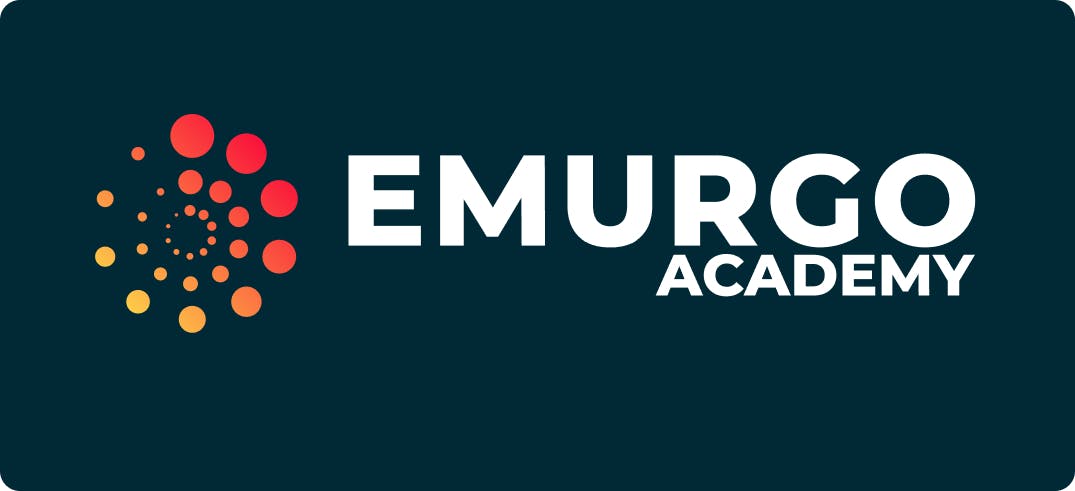
EMURGO Academy is the education arm of Cardano founding entity EMURGO. Offering several curated courses on Cardano blockchain development as well as Web3, EMURGO Academy provides tailored learning modules for a diverse range of students and professionals. Covering topics such as technical dApp development, DeFi, blockchain for enterprises, and more, EMURGO Academy’s courses come with hands-on learning and 24/7 access to Academy’s e-learning platform as well as industry network.
To find the right course for you, head on over to EMURGO Academy’s site to sign up now.
About EMURGO
- Official Homepage: emurgo.io
- X (Global): @EMURGO_io
- YouTube: EMURGO channel
- Facebook: @EMURGO.io
- Instagram: @EMURGO_io
- LinkedIn: @EMURGO_io
Disclaimer
You should not construe any such information or other material as legal, tax, investment, financial, or other advice. Nothing contained herein shall constitute a solicitation, recommendation, endorsement, or offer by EMURGO to invest.
